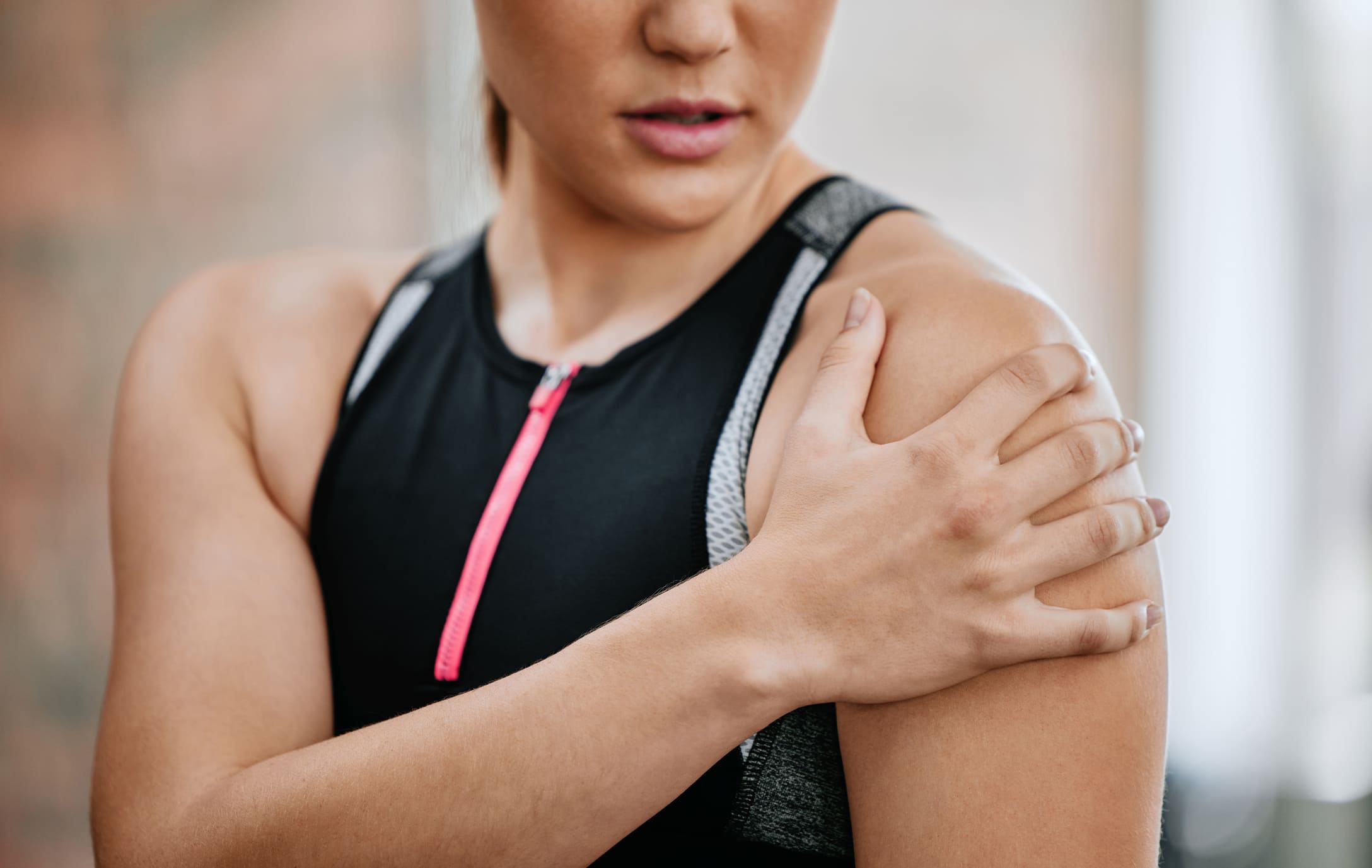Top Categories
Rotator cuff injuries are a common concern affecting a broad spectrum of individuals, from athletes to those engaged in physically demanding jobs, and even individuals in their later years. These injuries can significantly impair shoulder function, causing pain, reduced range of motion, and affecting daily activities.
Rotator cuff injuries generally fall into two main categories: Traumatic and Non-traumatic. Traumatic injuries occur suddenly, usually due to an accident or specific incident like a heavy lift or sudden twist. Non-traumatic injuries are usually the result of gradual wear and tear or repetitive motion over time. This article aims to distinguish between these two types to aid in better treatment outcomes.
Comparing Traumatic and Non-Traumatic Injuries
In the realm of injuries, distinguishing between traumatic and non-traumatic cases is pivotal for accurate diagnosis and effective treatment. The causes, symptoms, and treatments for these two categories can significantly differ, shaping the path to recovery.
Causes
- Traumatic: Result from acute, sudden incidents such as falls, accidents, or heavy lifting.
- Non-Traumatic: Emerge gradually due to repetitive movements, age-related degeneration, or chronic wear and tear.
Symptoms
- Traumatic: Immediate, intense pain, swelling, and possible immobility.
- Non-Traumatic: Gradual onset of pain, dull ache, and slow loss of function and strength.
Treatments
- Traumatic: Immediate medical attention, possibly requiring surgical intervention.
- Non-Traumatic: Usually managed through conservative treatments like physical therapy, medication, and lifestyle adjustments initially.
Risk Factors
Traumatic:
- High-contact or extreme sports participation
- Occupations requiring sudden, intense physical labour
- Previous shoulder injuries
Non-Traumatic:
- Age, especially those above 40.
- Occupations or activities requiring repetitive arm movements.
- Underlying musculoskeletal issues.
Diagnosis and Testing
Precise diagnosis serves as the cornerstone of successful treatment. This typically involves conventional diagnostic techniques like MRI, X-rays, and physical examinations.
Standard Diagnostic Procedures
- MRI (Magnetic Resonance Imaging): Provides detailed images of soft tissues, including the rotator cuff, and is often the go-to method for evaluating the extent of an injury.
- X-rays: While not as effective for viewing soft tissues, X-rays can rule out other conditions like fractures or arthritis that may be contributing to the symptoms.
- Physical Examination: Your sports medicine specialist will perform various movement and resistance tests to gauge pain levels, range of motion, and strength in the shoulder.
Importance of Accurate Diagnosis
Accurate diagnosis is pivotal for determining the appropriate treatment plan. Misdiagnosis can lead to ineffective treatment, delaying recovery and potentially worsening the condition.
Treatment Approaches

- Physical Therapy: Exercises designed to improve shoulder strength and range of motion are often the first line of treatment.
- Pain Management:
- Minimally-invasive injections: these treatments have little to no downtime and patients may resume their normal activities promptly. They may be administered in the areas believed to be the source of pain, such as into a muscle or ligament.
- Non-invasive treatments: Uses technology such as Radio Frequency Therapy and Low-Level Laser Therapy designed to stimulate healing and manage pain
- Rest and Ice: Limiting activity and applying ice can also help control symptoms initially.
Sports medicine specialists prioritize accurate diagnosis to provide individualized treatment plans. Tailoring treatments to the specific type and cause of the injury ensures optimized recovery and minimizes risks.
Learn more about rotator cuff injury treatment here:
https://msmc-clinic.com/conditions/rotator-cuff-specialist-singapore/
Prevention Tips
Lifestyle Changes
- Incorporating strengthening exercises for the shoulder and upper back
- Ergonomic adjustments at work and during physical activity can also help in reducing undue stress on the shoulder.
Early diagnosis and treatment
Early diagnosis and prompt treatment help to minimise complications and ensure a quicker recovery. These preventive measures are essential tools for those at risk of either traumatic or non-traumatic rotator cuff injuries.
Conclusion
Understanding the difference between traumatic and non-traumatic rotator cuff injuries is the first step towards effective diagnosis and treatment. The type of injury sustained will have a significant influence on the treatment options recommended by your sports medicine specialist. Consult our sports medicine specialist, Dr. Chiam Tut Fu for an accurate diagnosis of your condition today.

